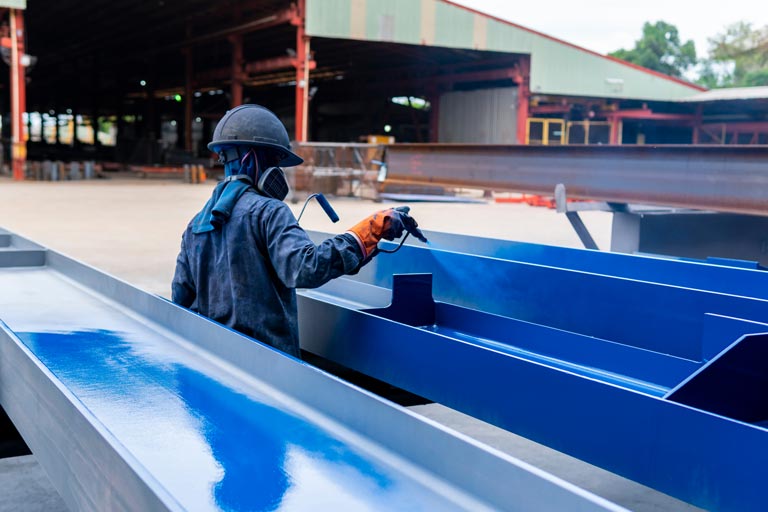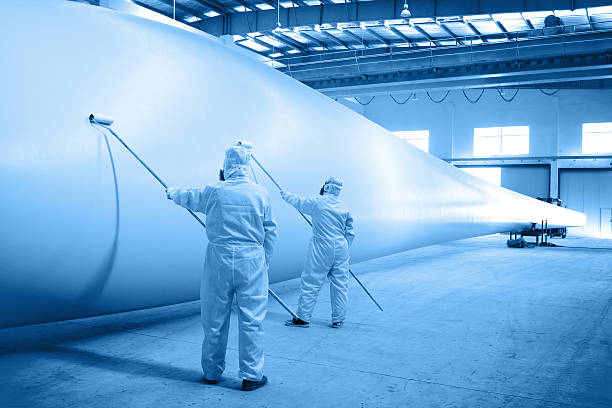Are you looking for a customizing service? Please contact us
9302610009
hydrogeo2015@gmail.com
What is Industrial Painting?
Industrial painting refers to painting projects in factories and warehouses which are not visited by customers or members of the public.
Features of Industrial Painting
- Stability: the paint must have a uniform, lump-free appearance in its packaging.
- Viscosity: is one of the most visible characteristics in paint and affects its stability and application. It indicates the consistency of the product. Ambient temperature influences the paint’s viscosity.
- Specific gravity or density : indicates the unit weight in volume. This is an important piece of information to take into account as it serves to calculate the returns. A high specific weight will result in low returns.
- Fineness of grinding: a good dispersion of the pigment and binder ensures the quality of the paint and allows to take full advantage of the colouring power of the pigments, improving the application and levelling of the paint. In gun-spray applications it is a factor to be taken into account as the paint’s fineness is conditioned by the diameter of the nozzle.
- Solids content by weight or volume:: percentage of total paint pigment and binder. This aspect influences the cost and quality of the paint.
- Product life: in 2-component paints, it is important to know the time the mixture can be used after preparation. It will depend on environmental conditions, among other factors.
- Application: the paint must be in good condition to be applied after being shaken. If you add solvent, the amount must be right to achieve a good viscosity, without reducing excessively the solids content.
- Drying: during drying, different phases take place due to the evaporation of the solvents and the polymerisation reactions (touch drying, powder drying, total drying, hard drying).

